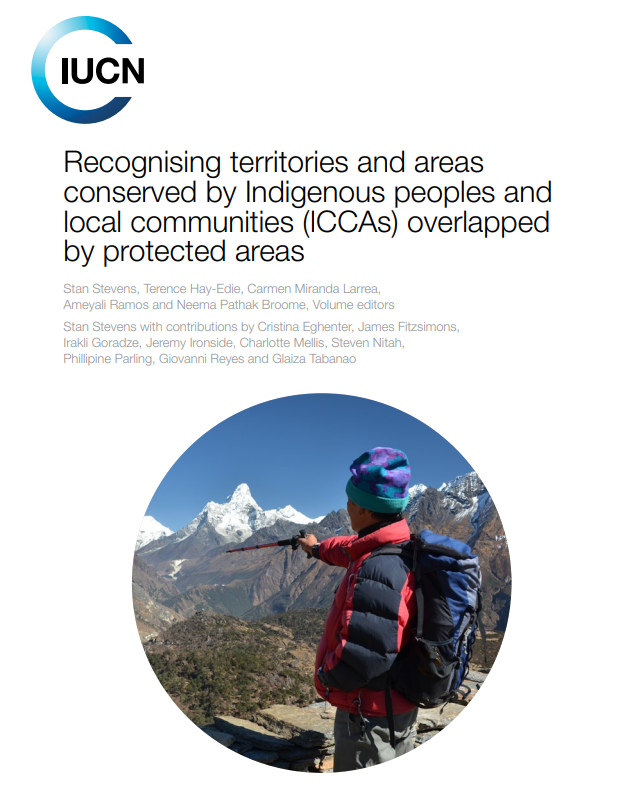
Territories and areas conserved by Indigenous peoples and local communities (IPs and LCs), abbreviated as ‘ICCAs’ (Glossary), are defined by the International Union for Conservation of Nature (IUCN) as “natural or modified ecosystems including significant biodiversity, ecological services and cultural values, voluntarily conserved by indigenous and local communities through customary laws or other effective means” (International Union for Conservation of Nature (IUCN) Members’ Assembly, 2004a).1 This concept acknowledges that IPs and LCs conserve territories and areas worldwide through their worldviews, ways of life and stewardship. Some
IPs and LCs and the ICCA Consortium accordingly refer to ICCAs as ‘territories of life’.
ICCA is a useful umbrella term for areas of land and sea which IPs and LCs conserve through myriad local systems of governance and land/marine management. ICCAs are incredibly diverse and can embody primary, secondary or ancillary conservation. They range from entire territories to small sites, and include collectively governed and managed territories and commons, sacred places and cultural sites, and Indigenous protected areas (IPAs) and community protected areas (CPAs) (Glossary). ICCAs of all types are overlapped in many countries by protected areas (PAs, Glossary) and ‘other effective area-based conservation measures’ (OECMS – see also ‘Conserved area’, Glossary; Section 3.2.3) that are governed by national and subnational governments, private entities or partnerships led by them.














